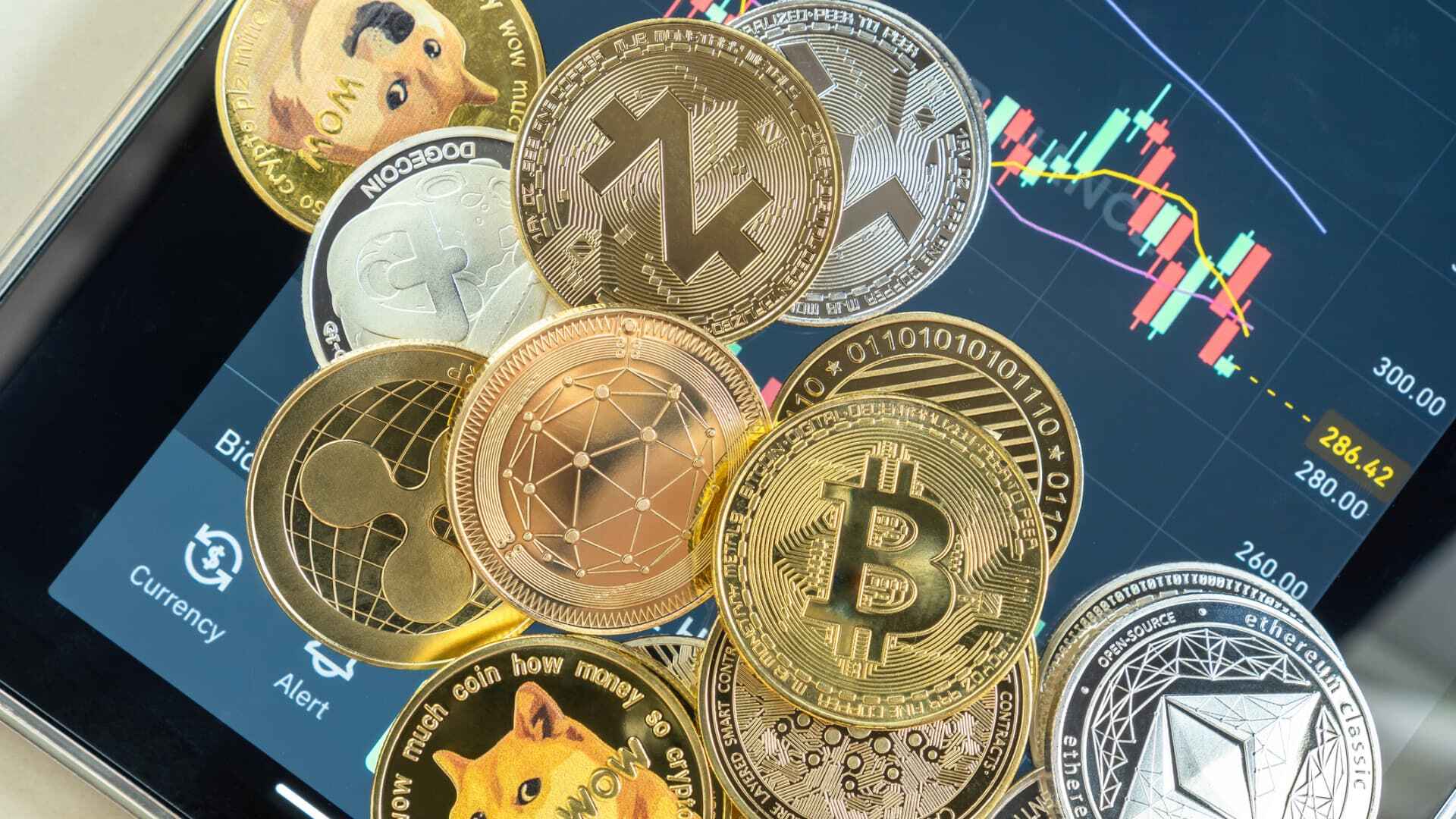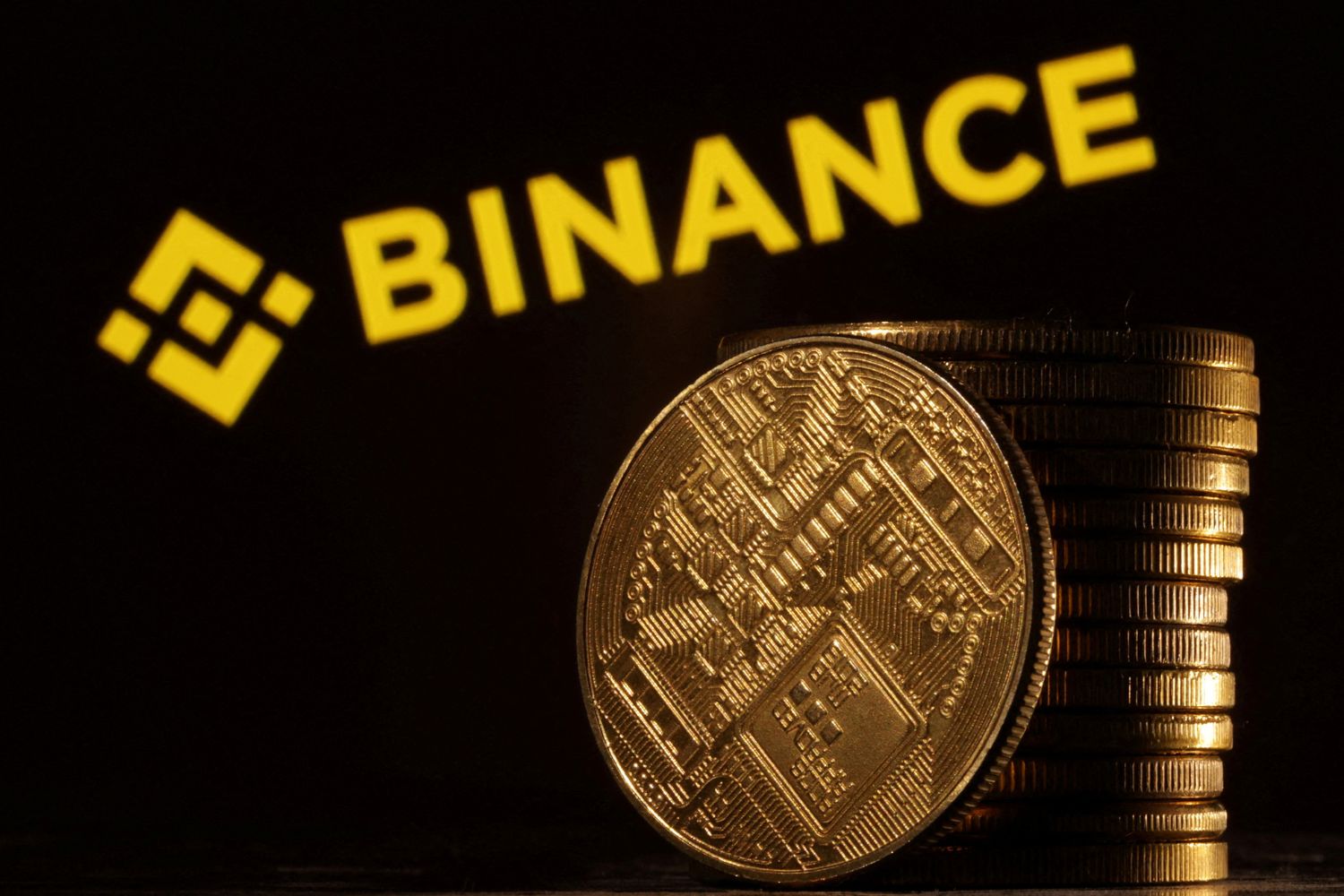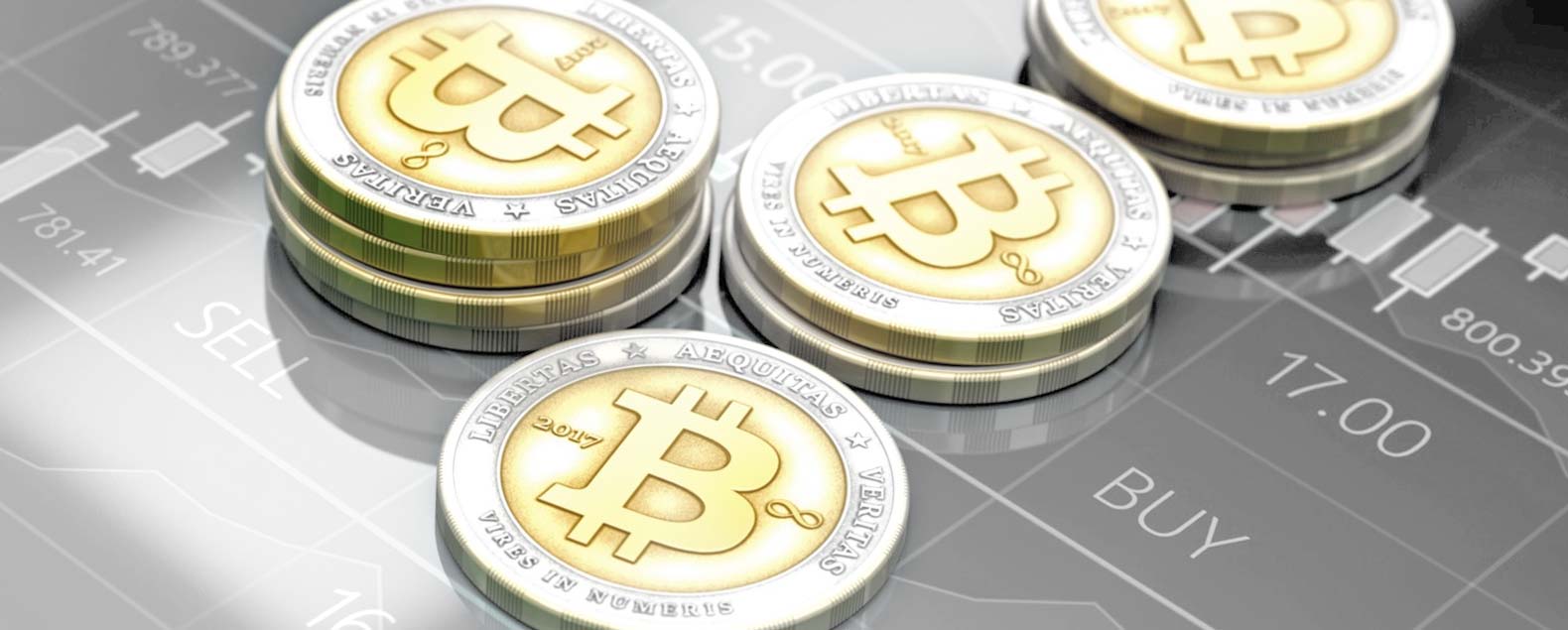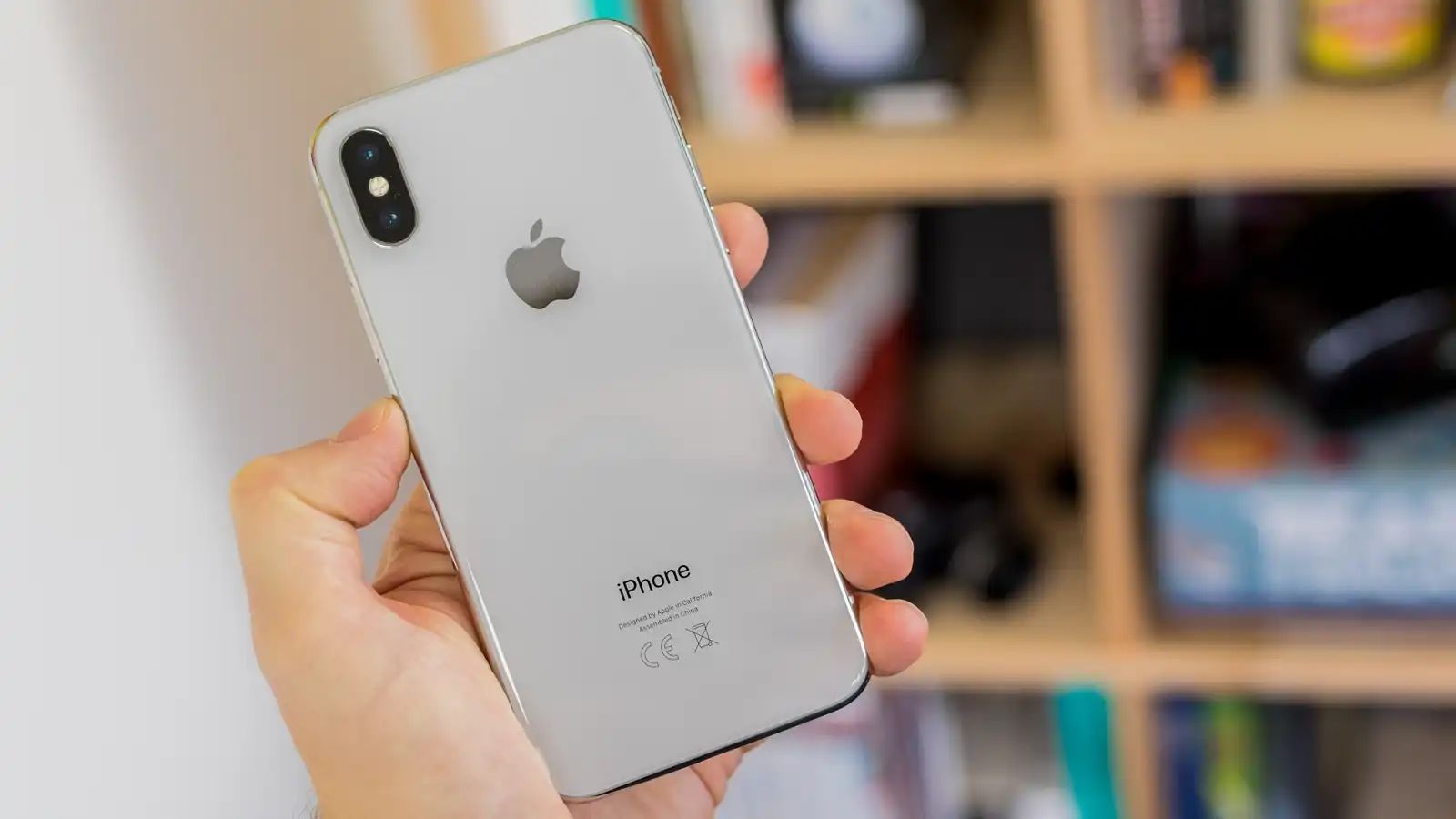Introduction
Welcome to the world of cryptocurrency! Over the past decade, cryptocurrencies have gained immense popularity and have become a prominent topic in the world of finance and technology. These digital currencies are revolutionizing the way we conduct transactions, store value, and even participate in the global economy.
Cryptocurrency is a form of digital or virtual currency that uses cryptography for security. Unlike traditional fiat currencies such as the US Dollar or Euro, cryptocurrencies are decentralized and operate on a technology called blockchain. This technology ensures secure and transparent transactions without the need for intermediaries like banks or governments.
The allure of cryptocurrencies lies in their potential for high returns and the opportunities they offer for financial freedom. Whether you’re intrigued by the potential investment opportunities or simply curious about how to get involved, this article will guide you through the various ways to acquire cryptocurrency.
While the process of obtaining cryptocurrency might seem complex and intimidating at first, it’s actually quite accessible to anyone with an internet connection and a basic understanding of the digital landscape. In the following sections, we will explore some of the most common methods to get cryptocurrency.
What is Cryptocurrency?
Cryptocurrency is a digital or virtual form of currency that utilizes cryptography for secure transactions and control the creation of new units. The most popular and well-known cryptocurrency is Bitcoin, which was introduced in 2009 by an anonymous individual or group of individuals under the pseudonym Satoshi Nakamoto.
One of the key features of cryptocurrencies is their decentralized nature. Unlike traditional currencies that are regulated by centralized authorities like governments or banks, cryptocurrencies operate on a decentralized network called blockchain. This means that no single entity has complete control over the currency, making it resistant to censorship and manipulation.
Each cryptocurrency is built on a specific blockchain platform, which serves as a public ledger for recording all transactions. This ledger is maintained by a network of computers called nodes, which verify and validate each transaction using complex mathematical algorithms.
Another important aspect of cryptocurrencies is their limited supply. Unlike fiat currencies that can be printed or inflated by central banks, most cryptocurrencies have a predetermined maximum supply. For example, Bitcoin has a maximum supply of 21 million coins, ensuring scarcity and potentially increasing its value over time.
While Bitcoin is the most well-known cryptocurrency, there are thousands of other cryptocurrencies available today. These alternative cryptocurrencies, often referred to as altcoins, aim to offer unique features and improvements over Bitcoin’s technology. Some popular altcoins include Ethereum, Ripple, Litecoin, and Bitcoin Cash.
Cryptocurrencies can be used for various purposes. They can serve as a form of investment, where individuals buy and hold cryptocurrencies in the hope that their value will increase over time. Cryptocurrencies can also be used for online transactions, as an increasing number of merchants accept them as a form of payment.
Additionally, cryptocurrencies have opened up new opportunities for innovation and development in various industries. The blockchain technology that underpins cryptocurrencies has the potential to revolutionize fields such as finance, supply chain management, healthcare, and more.
Overall, cryptocurrencies offer a decentralized, secure, and efficient way to conduct transactions and store value. They have the potential to reshape the global financial system and empower individuals to take control of their finances. Understanding the basics of cryptocurrency is crucial for anyone looking to get involved in this exciting and rapidly evolving digital landscape.
How to Get Cryptocurrency
If you’re interested in acquiring cryptocurrency, there are several methods you can explore. Here are some of the most common ways to get started:
- Buy from Cryptocurrency Exchanges: Cryptocurrency exchanges are online platforms where you can buy and sell various cryptocurrencies using traditional fiat currencies. Popular exchanges include Coinbase, Binance, and Kraken. To get started, you’ll need to create an account, complete the verification process, and link your bank account or credit card to make purchases. Once you have funds in your exchange account, you can start buying cryptocurrencies at the current market price.
- Mine Cryptocurrency: Mining is the process of validating and recording transactions on a blockchain network using powerful computer hardware. Miners solve complex mathematical problems to secure the network and, in return, are rewarded with newly minted cryptocurrency. While Bitcoin mining requires specialized equipment and significant electricity consumption, there are other cryptocurrencies like Ethereum that can be mined using regular computer hardware.
- Earn Cryptocurrency through Work or Services: Many companies and platforms offer the option to receive payment in cryptocurrency for freelance work, services, or products. Some popular freelancing platforms like Bitwage and CryptoGrind allow you to receive payment in cryptocurrency. Additionally, you can offer your skills or services to clients who are willing to pay in cryptocurrency.
- Receive Cryptocurrency as Gifts or Donations: There are various websites and platforms that allow users to donate or tip cryptocurrency to others. This can be a way to acquire cryptocurrency without spending any money directly. Some content creators, artists, or charitable organizations also accept cryptocurrency donations, providing a unique opportunity to support causes while receiving cryptocurrency in return.
- Participate in Initial Coin Offerings (ICOs): ICOs are fundraising events where new cryptocurrency projects offer their tokens for sale to the public. By participating in an ICO, you can acquire newly issued tokens in exchange for established cryptocurrencies like Bitcoin or Ethereum. However, it’s important to conduct thorough research and exercise caution as ICOs can be risky, and there have been instances of scams and fraudulent projects.
It’s essential to conduct proper research and familiarize yourself with the risks and potential rewards before engaging in any method of acquiring cryptocurrency. Each method has its own requirements, limitations, and associated costs, so it’s crucial to choose a method that aligns with your goals and resources.
Remember to use secure platforms, implement two-factor authentication, and keep your cryptocurrency holdings safe by using hardware wallets or other secure storage options. As the cryptocurrency market is highly volatile, it’s also advisable to only invest or acquire amounts that you are willing to lose.
By exploring these methods, you can begin your journey into the world of cryptocurrency and start building your digital asset portfolio.
Buy from Cryptocurrency Exchanges
One of the most common and straightforward ways to acquire cryptocurrency is by buying it from cryptocurrency exchanges. These online platforms allow users to trade or purchase cryptocurrencies using traditional fiat currencies like the US Dollar or Euro. Here’s how the process typically works:
Choose a Cryptocurrency Exchange: There are numerous cryptocurrency exchanges available, each with its own features, fees, and supported cryptocurrencies. Popular exchanges include Coinbase, Binance, and Kraken. It’s important to research and choose a reputable exchange that is secure, user-friendly, and offers a wide range of cryptocurrencies.
Create an Account and Verify Your Identity: To start buying cryptocurrencies, you’ll need to create an account on the chosen exchange. This typically involves providing your email address, creating a secure password, and going through a verification process. The verification process may require providing personal identification documents, such as a passport or driver’s license, to comply with Know Your Customer (KYC) regulations.
Link Your Bank Account or Credit Card: Once your account is set up, you’ll need to link it to a bank account or credit card. This allows you to deposit funds into your exchange account, which can then be used to purchase cryptocurrencies. Be aware that different exchanges have different payment options, so choose one that is convenient for you.
Place an Order: With funds in your exchange account, you can now place an order to buy the desired cryptocurrency. You can specify the amount of cryptocurrency you want to buy or the amount of fiat currency you’re willing to spend. The exchange will then match your order with available sellers and execute the trade at the current market price.
Securely Store Your Cryptocurrency: Once your purchase is complete, it’s important to transfer your acquired cryptocurrency to a secure wallet. Cryptocurrency exchanges are vulnerable to hacking and other security risks, so it’s safer to store your digital assets in a personal wallet that you control. Hardware wallets, such as Ledger and Trezor, are popular options for secure storage.
Keep Track of Market Trends: The cryptocurrency market is highly volatile, with prices fluctuating rapidly. It’s important to stay informed about market trends and monitor the performance of your chosen cryptocurrency. This will help you make informed decisions about buying or selling in the future.
While buying from cryptocurrency exchanges is a popular and convenient method, it’s essential to be vigilant and exercise caution. Ensure that the exchange you choose has a good reputation, offers strong security measures, and has a responsive customer support team. Additionally, only invest what you can afford to lose, as the value of cryptocurrencies can be unpredictable.
By following these steps and staying informed, you can successfully purchase cryptocurrency from exchanges and start building your digital asset portfolio.
Mine Cryptocurrency
Mining cryptocurrency is another method to acquire digital currencies. Mining involves validating and recording transactions on a blockchain network using powerful computer hardware. Miners contribute their computational power to solve complex mathematical problems, and in return, they are rewarded with newly minted cryptocurrency. Here’s a breakdown of the mining process:
Choose a Cryptocurrency to Mine: Not all cryptocurrencies can be mined, so the first step is to decide which cryptocurrency you want to mine. Bitcoin is the most well-known and widely mineable cryptocurrency, but there are many others, such as Ethereum, Litecoin, and Monero. Consider factors like the mining difficulty, potential profitability, and available mining hardware for the chosen cryptocurrency.
Set up Mining Hardware: Mining cryptocurrency requires specialized hardware known as mining rigs. These rigs are equipped with powerful processors or graphics cards specifically designed for mining. Depending on the cryptocurrency, you may need to invest in ASIC (Application-Specific Integrated Circuit) miners or GPU (Graphics Processing Unit) rigs. It’s important to research and choose mining hardware that is efficient and cost-effective.
Join a Mining Pool: Mining alone can be a daunting and resource-intensive task. To increase your chances of earning rewards, many miners join mining pools. A mining pool is a collective group of miners who combine their computational power to mine blocks more efficiently. When a block is successfully mined, the rewards are distributed among pool members based on their contributed computing power.
Install Mining Software: Once you have a mining rig and are part of a mining pool, you’ll need to install mining software. The software connects your mining hardware to the pool and directs it to perform the necessary calculations for mining. Popular mining software includes CGMiner, BFGMiner, and EasyMiner.
Start Mining: With your hardware and software set up, you can begin mining by following the instructions provided by the mining software. The software will utilize your hardware’s computational power to solve complex mathematical problems and validate transactions on the blockchain network. As a result, you’ll earn a share of the newly minted cryptocurrency as a reward.
Manage Mining Operations and Rewards: Mining requires constant monitoring and maintenance. You’ll need to keep an eye on your mining equipment’s performance, electricity consumption, and cooling requirements. Additionally, you’ll receive regular updates on your mining pool’s website or software, providing details about your mining performance and rewards earned.
It’s important to note that mining cryptocurrency requires a significant investment in hardware, electricity costs, and ongoing maintenance. As technology advances and competition increases, mining becomes more challenging and less profitable for individual miners. It’s recommended to research mining profitability, consider the associated costs, and be aware of potential risks before diving into mining.
If mining seems too complex or costly, there are alternative cryptocurrencies that can be mined using regular computer hardware. For example, some cryptocurrencies like Ethereum can be mined using GPUs, making it more accessible for individuals without specialized equipment.
By participating in cryptocurrency mining, you can contribute to the security and integrity of blockchain networks while earning rewards in the form of freshly minted cryptocurrency.
Earn Cryptocurrency through Work or Services
In addition to buying or mining cryptocurrency, another way to acquire digital currencies is by earning them through work or services. Many companies and platforms now offer the option to receive payment in cryptocurrency, providing an alternative form of compensation. Here’s how you can earn cryptocurrency through work or services:
Freelancing and Remote Work: Freelancers and remote workers can take advantage of the growing acceptance of cryptocurrency as a form of payment. Platforms like Bitwage and CryptoGrind allow freelancers to receive payments in cryptocurrency for their work. By offering your skills or services to clients who are willing to pay in cryptocurrency, you can earn digital currencies while providing value to others.
Microtasks and Gig Platforms: There are platforms that offer microtasks or gigs that pay in cryptocurrency. These tasks can be as simple as completing surveys, testing websites, or participating in online communities. Websites like Coinbucks, Earn.com, and Bituro provide opportunities to earn cryptocurrency by completing these small tasks.
Content and Social Media Marketing: Cryptocurrency projects and blockchain companies often require content creation, marketing, and social media management. If you have skills in these areas, you can offer your services to these businesses in exchange for cryptocurrency. Many cryptocurrency-related projects are willing to pay for quality content, community management, and marketing campaigns.
Sell Products or Services: If you have products or services to sell, consider accepting cryptocurrency as a form of payment. By adding a cryptocurrency payment option to your website or online store, you can attract customers who prefer using digital currencies. There are also platforms like OpenBazaar and Bitify that specifically cater to cryptocurrency-based e-commerce.
Participate in Bounty Programs: Some cryptocurrency projects offer bounty programs, where individuals can earn cryptocurrency by completing specific tasks or contributing to the project’s development. These tasks may include bug reporting, translation, social media promotion, or writing articles. Bounty programs provide an opportunity to earn cryptocurrency while supporting a project you believe in.
Tip and Donation Platforms: There are platforms and websites that allow users to receive tips or donations in cryptocurrency. If you provide valuable content, artwork, or other forms of creative work, you can set up a tipping or donation option using platforms like Brave Browser’s BAT tokens or the Lightning Network for Bitcoin.
When earning cryptocurrency through work or services, it’s important to consider the tax implications and any local regulations governing cryptocurrency earnings in your country. Keep track of your earnings and consult with a tax professional to ensure compliance.
By leveraging your skills, expertise, and creativity, you can earn cryptocurrency by providing valuable services, completing tasks, or offering products to the growing community of cryptocurrency users.
Receive Cryptocurrency as Gifts or Donations
One unique way to acquire cryptocurrency is by receiving it as gifts or donations. With the growing popularity and acceptance of digital currencies, individuals and organizations may choose to give cryptocurrency instead of traditional gifts or monetary donations. Here’s how you can receive cryptocurrency as gifts or donations:
Gifts from Friends and Family: If your friends or family members are familiar with cryptocurrencies and have a digital wallet, they can send you cryptocurrency as a gift. This can be a thoughtful and unique present that allows you to enter the world of digital currencies without any direct financial investment.
Cryptocurrency Tipping Platforms: There are platforms and websites that allow users to tip or donate cryptocurrency to content creators, artists, or other individuals providing value online. Platforms like Brave Browser’s BAT tokens and the Lightning Network for Bitcoin enable users to send microtransactions or tips to reward and support the work of others.
Cryptocurrency-Focused Charitable Organizations: Many charitable organizations and nonprofit entities now accept cryptocurrency donations. By donating digital currencies, you can support causes that align with your values while also expanding your cryptocurrency holdings. Websites like The Giving Block and BitGive provide platforms for making cryptocurrency donations to various charitable organizations.
Content Creation and Donations: If you create valuable content or provide services online, you can allow your audience or community to support you by accepting cryptocurrency donations. You can provide a digital wallet address or use platforms like Patreon or GitHub Sponsors to receive recurring cryptocurrency donations from your supporters.
Crypto Crowdfunding Campaigns: Cryptocurrency can also be received as donations through crowdfunding campaigns. Various platforms, such as Kickstarter and Indiegogo, now accept cryptocurrency contributions for projects seeking funding. Running a successful crowdfunding campaign not only helps you raise funds but also exposes your project to a wider crypto community.
Events and Meetups: Attendees at cryptocurrency-focused events or meetups sometimes receive cryptocurrency as part of promotional activities, giveaways, or raffles. By participating in these events, you may have the opportunity to receive cryptocurrency as a gift or reward for your involvement.
When receiving cryptocurrency as gifts or donations, it’s important to keep security in mind. Ensure that you have a secure wallet to store your received cryptocurrency and follow best practices for wallet backup and online safety.
Receiving cryptocurrency as gifts or donations provides an exciting way to enter the cryptocurrency ecosystem without any upfront financial commitment. It allows you to accumulate digital currencies while contributing to meaningful causes or supporting the work of others.
Participate in Initial Coin Offerings (ICOs)
Participating in Initial Coin Offerings (ICOs) is another way to acquire cryptocurrency. ICOs are fundraising events where new cryptocurrency projects offer their tokens for sale to the public. By participating in an ICO, you can acquire newly issued tokens in exchange for established cryptocurrencies like Bitcoin or Ethereum. Here’s what you need to know about participating in ICOs:
Research and Due Diligence: Before participating in an ICO, it’s crucial to conduct thorough research about the project, its team, and the problem it aims to solve. Read the project’s whitepaper, explore its website, and analyze its business model and roadmap. Look for transparency, credibility, and a strong community behind the project.
Token Sale Process: Each ICO has its unique token sale process. Typically, the process involves creating an account on the project’s website, completing the required KYC procedures, and then funding your account with the established cryptocurrencies specified by the project. Once you have funded your account, you can participate in the token sale by purchasing the project’s tokens at the specified rate.
Evaluate the Tokens: Determine the utility and potential value of the tokens being offered in the ICO. Consider whether the project’s tokens have real-world use cases and if they provide any benefits or privileges within the project’s ecosystem. Evaluate the token’s long-term potential and assess if it aligns with your investment goals and risk tolerance.
Beware of Scams: The ICO space has had its share of scams and fraudulent projects. Exercise caution and be wary of projects that promise unrealistic returns or lack transparency. Check for red flags such as poorly written whitepapers, suspicious team members, or unrealistically high fundraising goals.
Risk and Reward: Participating in ICOs carries inherent risks. The value of the tokens can be highly volatile, and there is no guarantee of profits. It’s important to be aware of the potential risks involved and only invest what you can afford to lose. Consider diversifying your portfolio and not investing all your funds in a single ICO.
Post-ICO Management: After participating in an ICO and acquiring the project’s tokens, it’s important to manage and secure your investment properly. Transfer your tokens to a secure wallet that you control, rather than leaving them on the ICO platform. Stay updated with the project’s developments, community updates, and any announcements that may impact your investment.
Participating in ICOs can be an attractive opportunity to acquire newly issued tokens and support promising projects at their early stages. It’s crucial to exercise due diligence, assess the project’s potential, and evaluate the risks involved. By being cautious and informed, you can navigate the ICO landscape and potentially benefit from participating in these token sale events.
Conclusion
Acquiring cryptocurrency can be an exciting and rewarding endeavor. Whether you choose to buy from exchanges, engage in mining, earn through work or services, receive as gifts or donations, or participate in ICOs, each method offers its own unique advantages and considerations.
Buying from cryptocurrency exchanges provides a convenient way to enter the market and acquire established cryptocurrencies. Mining allows you to contribute to the security and decentralization of blockchain networks while earning rewards. Earning cryptocurrency through work or services enables you to leverage your skills and expertise in the digital economy. Receiving cryptocurrency as gifts or donations offers a unique way to acquire digital assets while supporting causes or content creators. Participating in ICOs allows you to get involved in promising projects at their early stages and potentially benefit from their success.
However, it’s crucial to approach the acquisition of cryptocurrency with caution. Conduct thorough research, evaluate risks, and consider the dynamic and volatile nature of the cryptocurrency market. Be aware of potential scams, security risks, and regulatory considerations. Only invest what you can afford to lose and diversify your portfolio to manage risk effectively.
As the cryptocurrency landscape continues to evolve, staying informed and adapting to new developments is paramount. Keep track of market trends, educate yourself about new projects and technologies, and engage with the vibrant cryptocurrency community. By doing so, you can navigate the world of cryptocurrency acquisition with confidence and increase your participation in the decentralized digital economy.

























